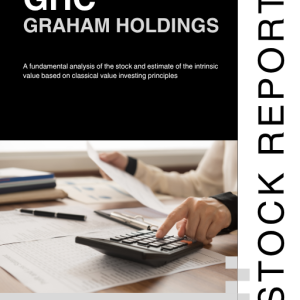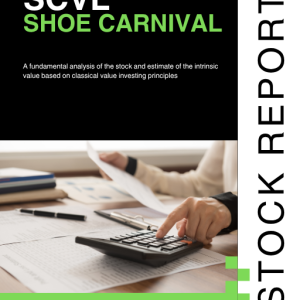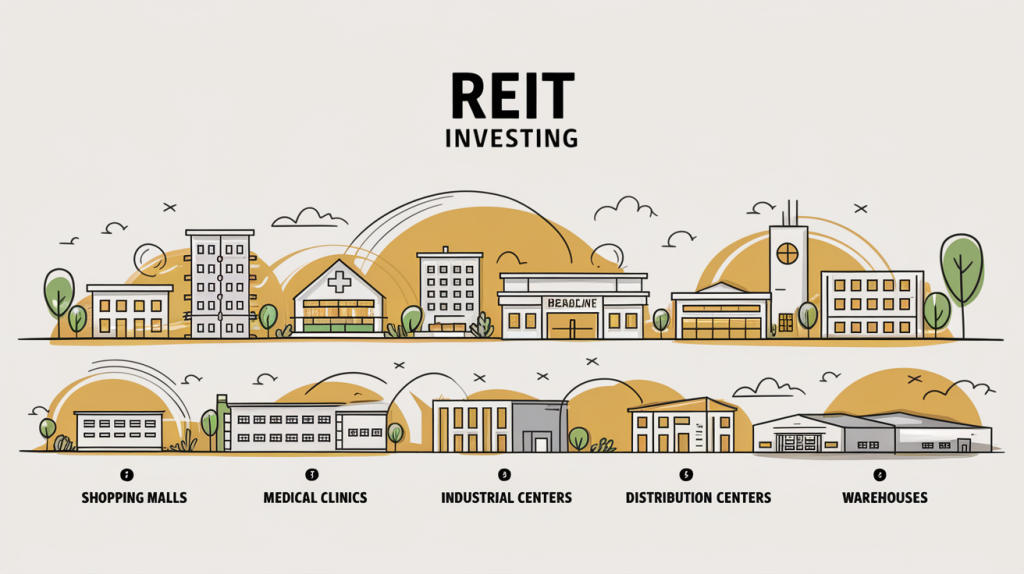
Introduction: Why Should Value Investors Care About Investing in REITs?
When value investors think about undervalued assets, they typically focus on stocks trading below their intrinsic value. But the same principles apply to investing in REITs. While many investors view REITs purely as income-generating vehicles, they can also present compelling value opportunities when mispriced by the market.
Investing in REITs frequently leads to opportunities where stocks trade at a discount to their net asset value (NAV), particularly during market downturns or interest rate scares. For those willing to dig deeper, certain REITs can offer not only high dividend yields but also significant capital appreciation. This article explores how a value investor can evaluate REITs and identify opportunities that others overlook.
Understanding the REIT Structure and Market Dynamics
Before getting into valuation, it’s crucial to understand how investing in REITs works.
What Are REITs?
REITs are companies that own, manage, or finance income-producing real estate. They are required by law to distribute at least 90% of their taxable income as dividends, making them popular among income investors. Equity REITs generate revenue primarily from rent, mortgage REITs profit from interest income by investing in mortgages and mortgage-backed securities, while hybrid REITs combine both approaches.
Why the Market Often Misprices REITs
Value investors thrive when the market irrationally misprices assets. REITs are often treated as bond proxies, leading to indiscriminate selling when interest rates rise, even when fundamentals remain strong. Short-term pessimism during economic downturns or sector-specific fears, such as concerns about shopping malls, can drive REIT prices far below their intrinsic value. Additionally, liquidity constraints force institutional investors to sell assets, creating buying opportunities for patient investors.
The Value Investor’s Approach to Investing in REITs
Successful value investing in REITs requires a framework that extends beyond dividend yield and price-to-earnings ratios.
Focus on Net Asset Value (NAV) and Discounts to NAV
A REIT’s NAV represents the estimated value of its real estate holdings minus liabilities. When a REIT trades significantly below its NAV, it may be undervalued, especially if its properties appreciate over time. Investors should compare the market price to NAV and analyze historical trends.
Assessing Funds from Operations (FFO) and Adjusted FFO (AFFO)
Unlike traditional stocks, REIT earnings are distorted by non-cash depreciation charges. FFO provides a clearer picture of cash flow by adding back depreciation, while AFFO adjusts for recurring capital expenditures, offering a better measure of dividend sustainability.
Debt and Leverage Considerations
Many REITs carry significant debt, which can pose risks during rising interest rates or economic downturns. Investors should evaluate a REIT’s debt-to-equity ratio, upcoming debt maturities, and interest coverage to assess financial stability. A REIT with high leverage but strong asset quality may still be a good investment, provided it manages debt prudently.
Dividend Sustainability
While high yields attract investors, unsustainable payouts can lead to dividend cuts and stock price declines. The best way to assess dividend sustainability is by comparing the payout ratio to AFFO rather than net earnings. REITs with conservative payout ratios and stable cash flow offer more reliable income streams.
Identifying Undervalued REIT Opportunities
Not all REITs are created equal. Value investors should focus on those with strong assets but temporary challenges.
REITs with Temporary Problems but Strong Assets
Some REITs experience short-term declines due to tenant vacancies or market sentiment but still hold valuable properties. A shopping mall REIT with high-traffic locations, for example, may struggle in the short term but remain well-positioned for long-term gains. Identifying REITs that own high-quality properties but face temporary setbacks can lead to attractive value opportunities.
Out-of-Favor Sectors with Potential Turnarounds
Certain REIT sectors fall out of favor due to changing market conditions but can offer compelling turnaround potential. Retail REITs, for instance, have been impacted by e-commerce but still own prime real estate that can be repurposed. Office REITs have struggled due to remote work trends, yet properties in key locations remain attractive. Healthcare REITs benefit from long-term demographic trends, with growing demand for medical offices and senior housing.
Management Quality and Capital Allocation
A REIT’s long-term success depends on management’s ability to allocate capital wisely. Investors should look for leadership teams with a track record of prudent investments and responsible capital deployment. High insider ownership can also be a positive sign, as it indicates that management’s interests align with shareholders.
Market Overreactions to Rate Hikes
Interest rate fears often cause widespread REIT sell-offs, creating attractive buying opportunities. Historically, well-positioned REITs with strong rental demand, fixed-rate debt structures, and pricing power to raise rents have performed well despite rising rates. Investors who can distinguish between justified concerns and overreactions can take advantage of market inefficiencies.
Case Study: A Value REIT Success Story
A great example of value investing in REITs is Simon Property Group (SPG) during the COVID-19 crash. As retail stores shuttered in 2020, SPG—a dominant mall REIT—saw its stock plummet nearly 70%. Investors assumed malls were doomed, ignoring the fact that SPG owned prime retail properties with strong tenant relationships. As the economy reopened, foot traffic returned, and SPG’s stock rebounded. Those who recognized the market’s overreaction enjoyed both capital appreciation and steady dividend payments.
How to Build a Value-Oriented REIT Portfolio
A well-structured REIT portfolio balances risk, income, and appreciation potential. Defensive REITs, such as those in healthcare, industrial, and data centers, provide stability across economic cycles. Cyclical REITs, such as retail and office properties, offer higher upside potential during economic expansions. Investors should aim for a mix of both defensive and cyclical REITs to achieve diversification.
When to Sell a REIT Investment
Investors should consider selling a REIT when it trades at a significant premium to NAV, as further upside may be limited. If management quality declines or capital allocation becomes reckless, it may also be time to exit. Fundamental shifts, such as tenant bankruptcies or changing market conditions that weaken property value, can also signal a reason to sell.
Wrapping Up: The Overlooked Value in Investing in REITs
Investing in REITs is more than just collecting dividends; it presents lucrative value opportunities for those who understand market inefficiencies. REITs frequently trade at discounts to NAV, and patient investors can capitalize on mispricings caused by interest rate fears or economic downturns. By applying value investing principles, assessing cash flow sustainability, and focusing on high-quality assets, investors can uncover undervalued REITs with significant upside potential. When markets overreact, disciplined value investors can take advantage and build long-term wealth through investing in REITs.
Reference: NAREIT
Featured products

Shailesh Kumar, MBA is the founder of Astute Investor’s Calculus, where he shares high-conviction small-cap value ideas, stock reports, and investing strategies.
His work has been featured in the New York Times and profiled on Wikipedia. He previously ran Value Stock Guide, one of the earliest value investing platforms online.
Subscribe to the Inner Circle to access premium stock reports and strategy insights.
Featured in:






